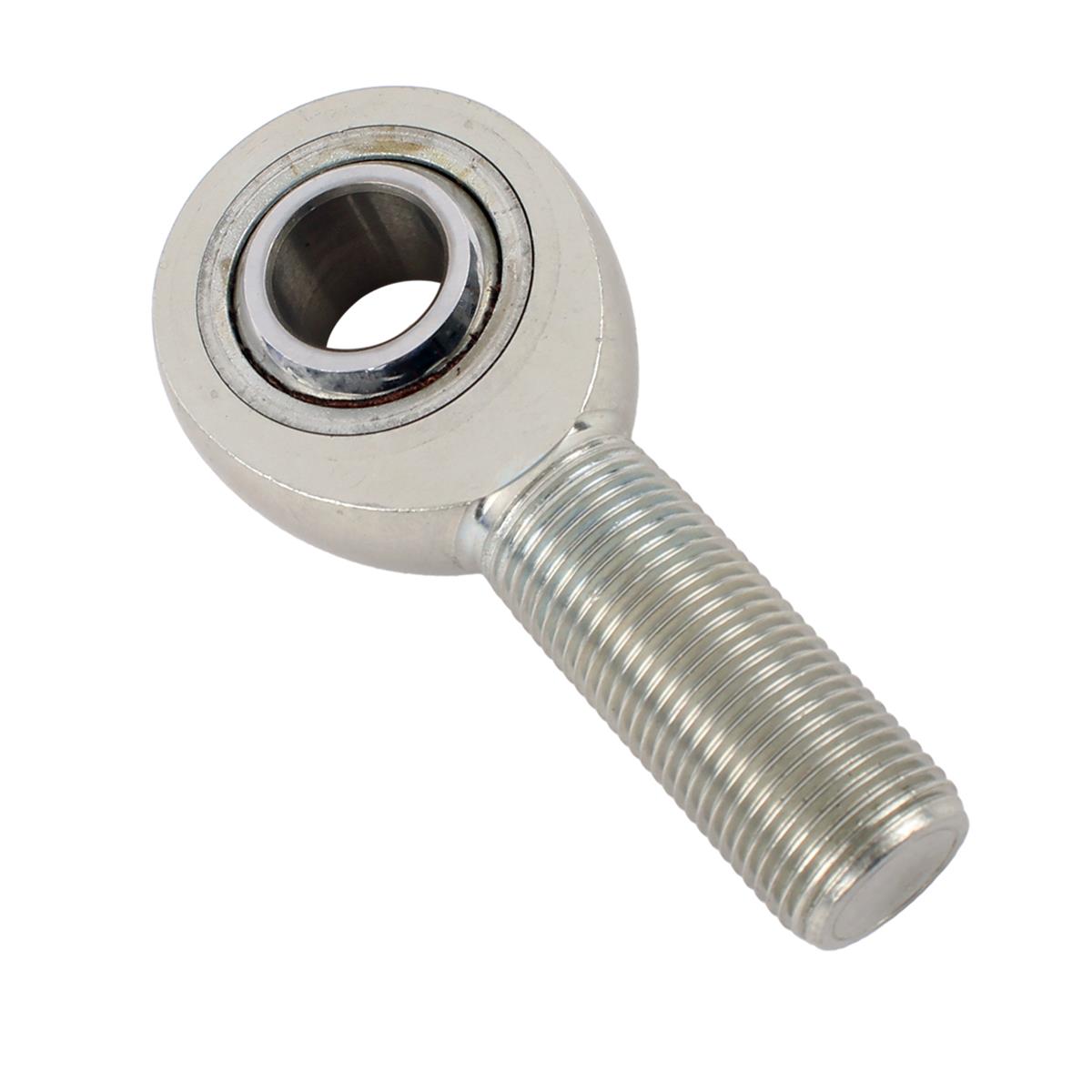RunningProblem
Well-known member
- Joined
- Sep 12, 2020
- Member Number
- 2860
- Messages
- 2,455
I know the standard ‘four times link separation at the axle equals max tire size’ rule. I also know the limits of where stuff can fit. With the ‘4 times’ side rule someone would be limited to 28s and with 9” it’s 36” tires. What I’m looking for is an explanation, or understanding, of how much this matters overall. What’s going to happen if I run 38” tires on 7” of separation or 42” tires on 8” of separation? Is it just a matter of so much more torque being applied to the brackets, and axle, with larger tires causing so much more risk?
